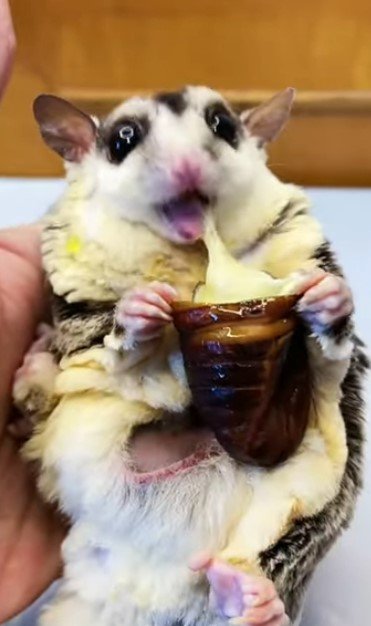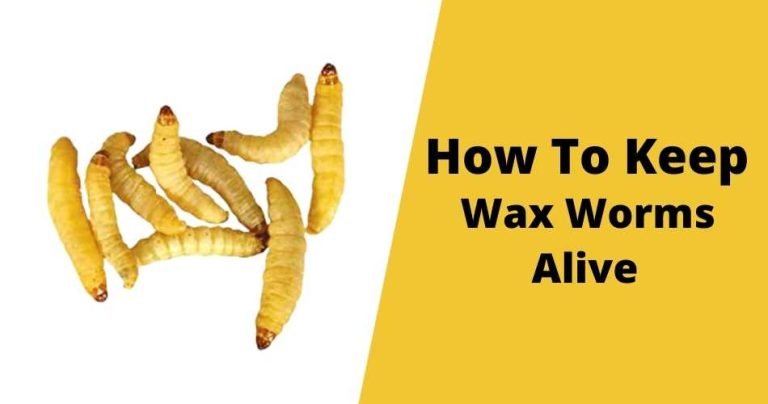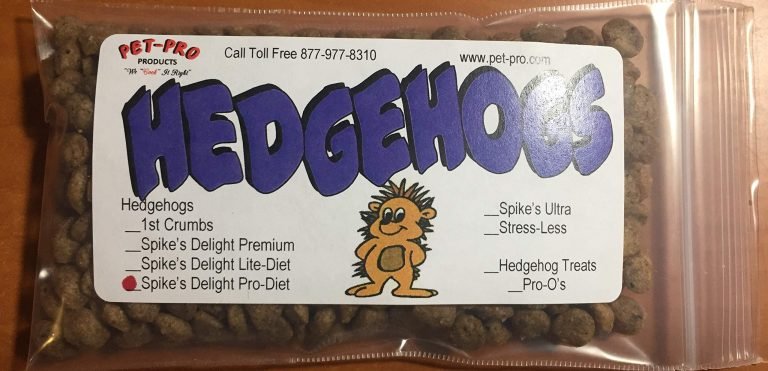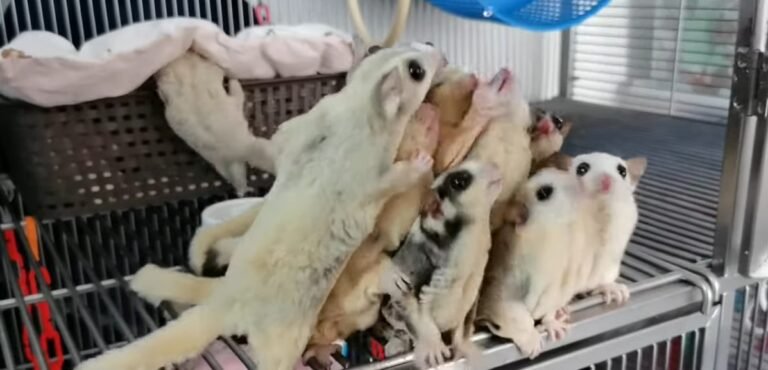Do Sugar Gliders Eat Bugs
Do Sugar Gliders Eat Bugs?
If you’re considering getting a sugar glider as a pet or you already have one and are curious about its diet, you might be wondering, “Do sugar gliders eat bugs?” The answer is yes, sugar gliders do eat bugs in the wild. In fact, bugs play a significant role in their diet as a source of protein. But what types of bugs do sugar gliders eat, and how much should they have? Let’s explore the world of sugar gliders and their bug-eating habits.
Why Do Sugar Gliders Eat Bugs?
Sugar gliders are small, omnivorous marsupials native to the forests of Australia, Indonesia, and New Guinea. They have a varied diet that consists of fruits, nectar, sap, and insects. In the wild, bugs are an essential part of their diet because they provide a high concentration of protein, which is crucial for their growth, reproduction, and overall well-being. Bugs offer a complete and easily digestible source of animal protein, which is necessary for sugar gliders to thrive.
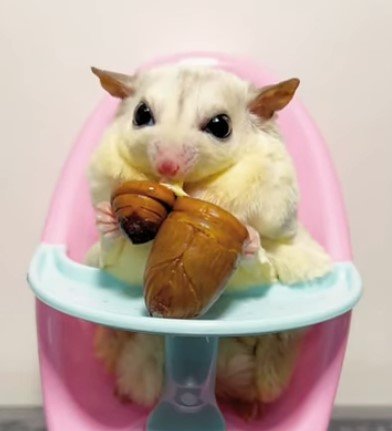
Types of Bugs Sugar Gliders Eat
In the wild, sugar gliders have been observed feasting on a wide variety of bugs. Some of the insects commonly found in their diet include:
1. Moths and Butterflies: Sugar gliders have been known to enjoy snacking on moths and butterflies, which are rich in protein and provide a source of dietary variety.
2. Beetles: These small, crunchy insects offer a good amount of protein and are often found in the sugar glider’s natural habitat. They are a staple food source for these active creatures.
3. Grasshoppers and Crickets: Sugar gliders are agile jumpers, making them excellent hunters of grasshoppers and crickets. These bugs are abundant in the wild and make for a nutritious meal.
4. Ants and Termites: Sugar gliders have been observed raiding ant and termite nests to feast on these tiny creatures. Ants and termites are a rich source of protein, and their consumption helps fulfill the gliders’ nutritional needs.
5. Spiders: While not every sugar glider may have a taste for spiders, some individuals have been seen catching and consuming them. Spiders are rich in protein, and their presence in the sugar glider’s diet adds dietary diversity.
How Much Bugs Should Sugar Gliders Consume?
While bugs are a valuable part of a sugar glider’s diet, their consumption should be moderated. Keep in mind that sugar gliders can survive without eating bugs, as long as they are provided with a balanced diet in captivity. If you choose to offer bugs to your pet sugar glider, it’s essential to do so in moderation and ensure that the bugs are safe and free of pesticides or other harmful substances.
As a general guideline, bugs should make up no more than 10% of your sugar glider’s overall diet. The remainder should consist of a variety of fruits, vegetables, and commercial glider food specifically formulated to meet their nutritional requirements. It’s important to consult with a veterinarian or a specialist in sugar glider care to ensure that your pet’s diet is well-balanced and meets their specific needs.
Frequently Asked Questions
1.Can You Feed Sugar Gliders Insects From Your Garden?
Yes, if you have a pesticide-free garden, you can offer insects that are commonly found in your yard to your sugar glider. However, it’s crucial to ensure that the insects are small enough for your glider to consume safely and that they haven’t been exposed to chemicals.
2.Are There Any Bugs That Are Toxic to Sugar Gliders?
Yes, some bugs can be toxic to sugar gliders and should be avoided. Fireflies, for example, contain a substance called lucibufagins, which is toxic to many animals, including sugar gliders. Additionally, it’s important to avoid feeding your glider insects that have been exposed to pesticides or other chemical toxins.
3.What Other Foods Can You Feed Sugar Gliders to Meet Their Protein Needs?
If you prefer not to feed bugs to your sugar glider, or if you simply don’t have access to them, there are alternative options for meeting their protein needs. You can provide high-quality, protein-rich foods such as cooked chicken, lean meats, scrambled eggs, or even commercially available insect-based diets formulated specifically for sugar gliders.
Final Thoughts
While bugs are indeed a part of a sugar glider’s natural diet, they are not an absolute requirement. With proper care and dietary planning, you can provide a healthy and balanced diet for your sugar glider without relying solely on bugs. Remember to consult with a qualified veterinarian or sugar glider specialist to ensure that your pet’s dietary needs are met. By offering a diverse range of foods, including fruits, vegetables, and protein sources, you can keep your sugar glider happy and healthy for years to come.

